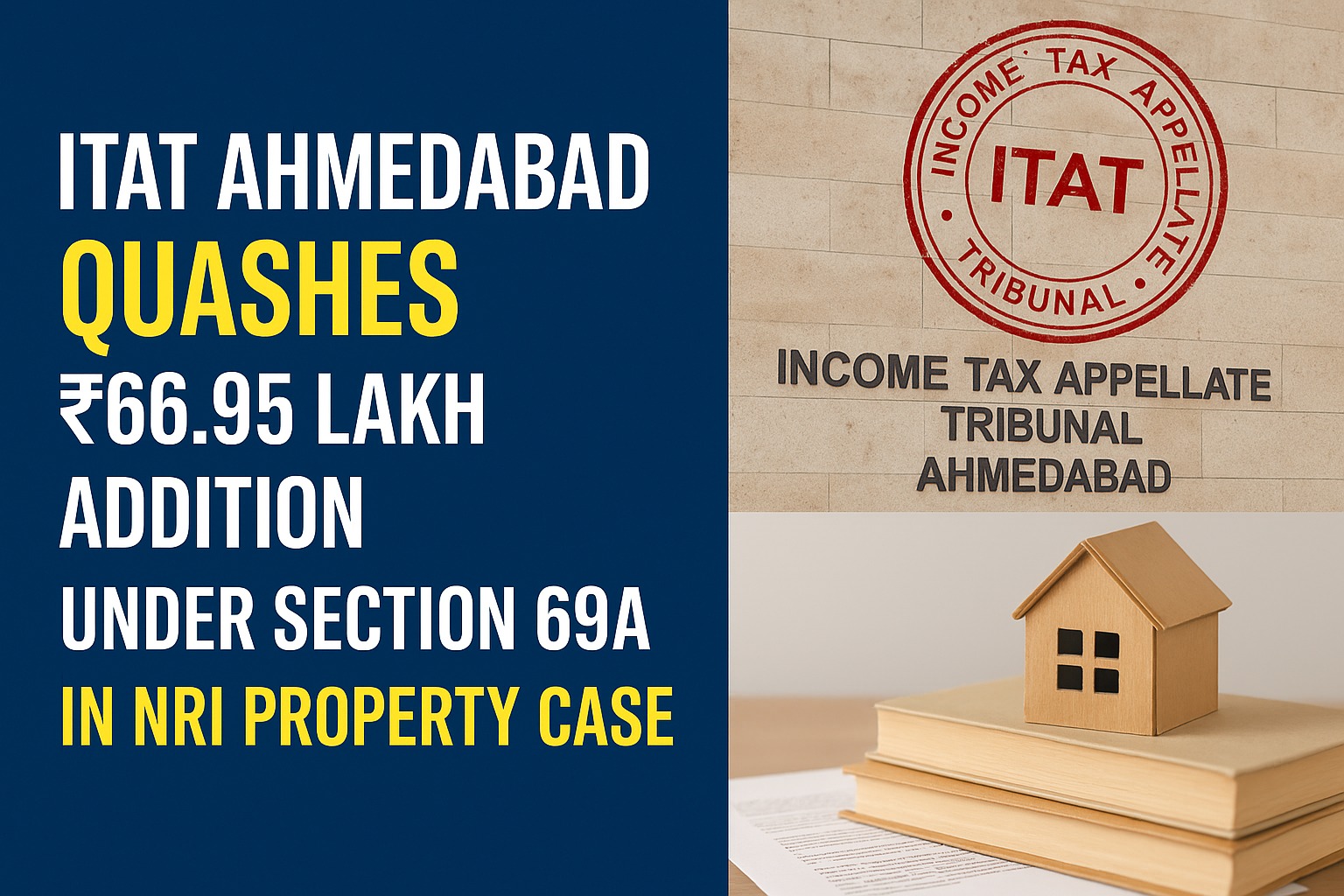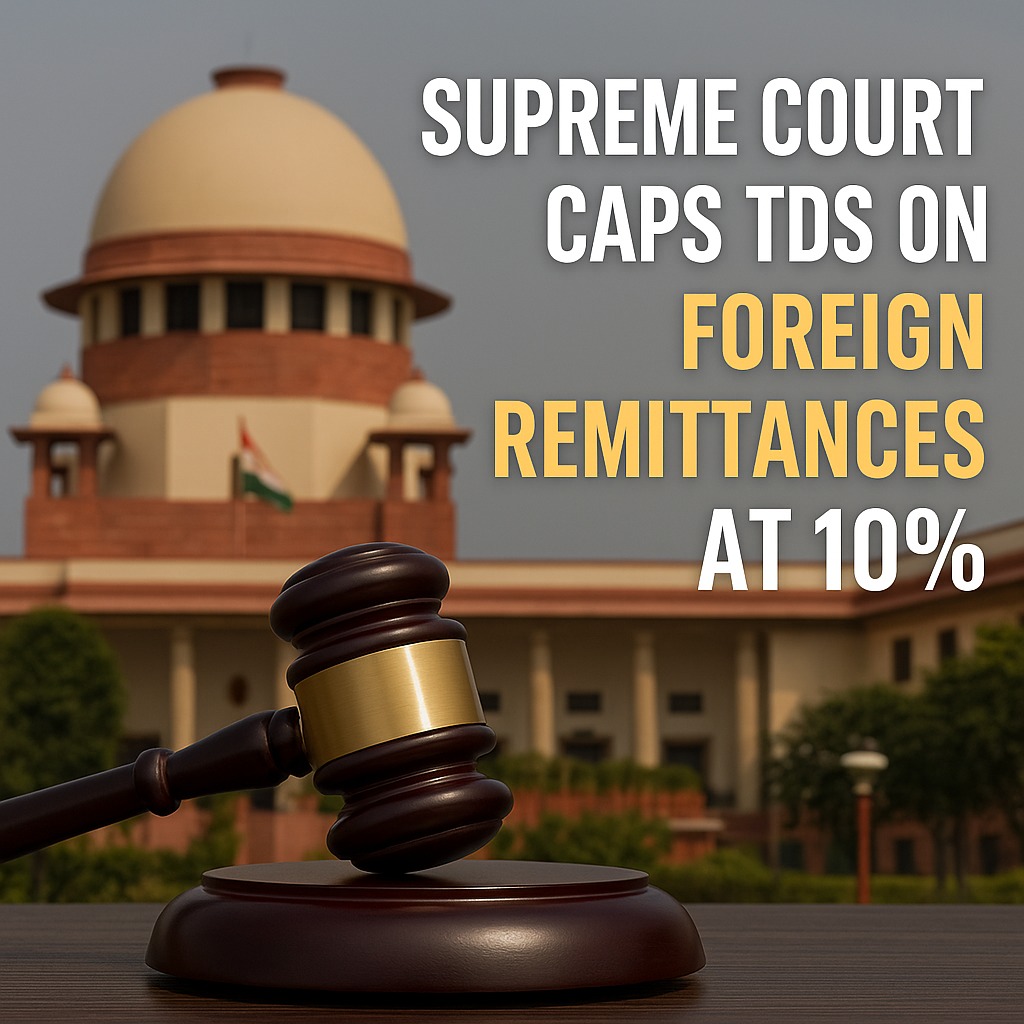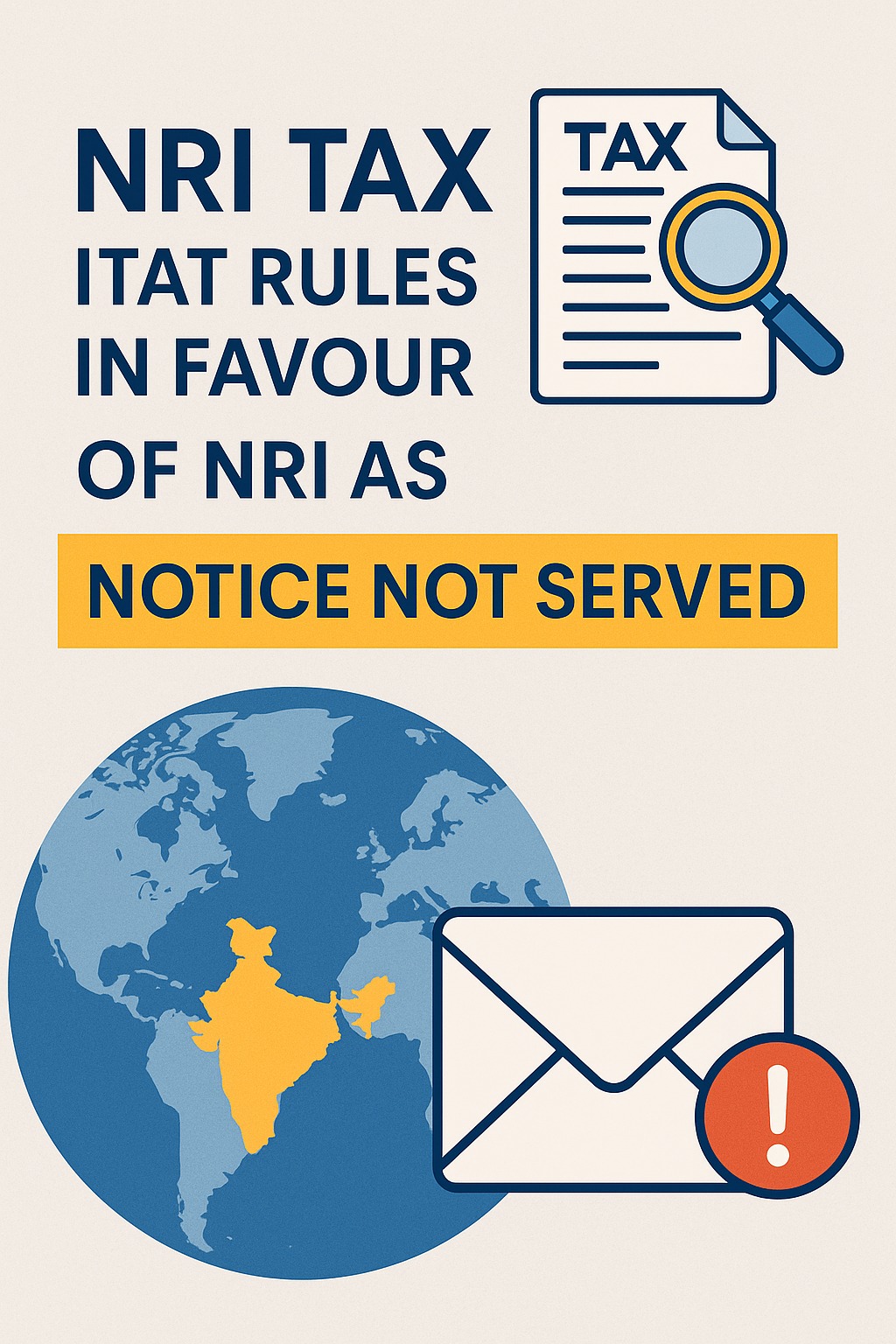 WhatsApp
WhatsApp
 Call Us
Call Us
 Email Us
Email Us
 Whatsapp Community
Whatsapp Community

Big Tax Relief for NRIs in Budget 2025! The Indian government has introduced a powerful clause under the New Income Tax Bill, 2025, that allows Non-Resident Indians (NRIs) to save up to 72% in long-term capital gains (LTCG) tax on unlisted shares of Indian companies.
This blog explains Clause 72(6), how the forex fluctuation benefit works, which NRIs qualify, and how you can maximize tax savings on investments in Indian startups and unlisted equity shares.
Clause 72(6) is a new tax provision introduced in the 2025 Income Tax Bill that allows NRIs (excluding Foreign Portfolio Investors) to:
Calculate capital gains on unlisted shares and debentures in the same foreign currency (e.g., USD) used for acquisition.
This means you can now adjust for foreign exchange (forex) fluctuations between the time of buying and selling the asset, ensuring you're taxed only on actual profit, not on inflated INR gains.
Until now, under the Income Tax Act, 1961, NRIs had to compute capital gains in Indian Rupees (INR). This created a major problem:
Old Problem:
If the INR depreciated over time, your investment looked more profitable in INR, even if the value in USD remained the same.
New Solution:
Under Clause 72(6), you now:
| Particulars | Old Regime (No Forex Adjustment) | New Regime (Clause 72(6)) |
| Investment Amount | USD 750,000 | USD 750,000 |
| Exchange Rate (Buy) | Rs. 75/USD | Rs. 75/USD |
| INR Cost of Acquisition | Rs. 5.625 crore | USD 750,000 |
| Sale Value | USD 1.2 million | USD 1.2 million |
| Exchange Rate (Sell) | Rs. 85/USD | Rs. 85/USD |
| INR Sale Value | Rs. 10.20 crore | USD 1.2 million |
| Capital Gain in INR | Rs. 4.575 crore | Rs. 3.825 crore |
| LTCG Tax (12.5%) | Rs. 57.19 lakh | Rs. 47.81 lakh |
| Tax Saved | – | Rs. 9.38 lakh |
With the forex benefit, you pay tax only on real gains in USD—not inflated gains due to rupee depreciation.
Eligible:
Not Eligible:
| Benefit | Description |
| Save up to 72% Tax | Actual tax saving due to accurate forex-adjusted gain |
| Fair Tax Treatment | No tax on notional gains from currency depreciation |
| Boosts Startup Investments | NRIs can invest confidently in Indian startups |
| Aligns with Global Practices | Tax computation now matches international norms |
| Encourages Capital Inflows | Attracts more NRI money into India’s unlisted equity space |
Most NRI investment in India go into:
These often issue unlisted equity shares—exactly the kind of investments covered under Clause 72(6).
If you're an NRI investing in India, this clause can:
Experts recommend that the government should issue clear implementation guidelines, including:
NRI Startup Investment Example:
At Dinesh Aarjav & Associates, we specialize in:
Serving NRIs in USA, UK, UAE, Canada, Singapore & Australia
info@dineshaarjav.com
www.dineshaarjav.com
The forex fluctuation clause (72(6)) is one of the most investor-friendly reforms for NRIs in years. It not only ensures fair taxation but also unlocks major tax-saving opportunities for NRIs investing in unlisted equity in India. With the right NRI advisory services, you can make informed decisions and structure your investments to fully benefit from this progressive tax change.
Start planning your NRI investments now to take full advantage of this new tax benefit in 2025.







Stay in the loop, subscribe to our newsletter and unlock a world of exclusive updates, insights, and offers delivered straight to your inbox.